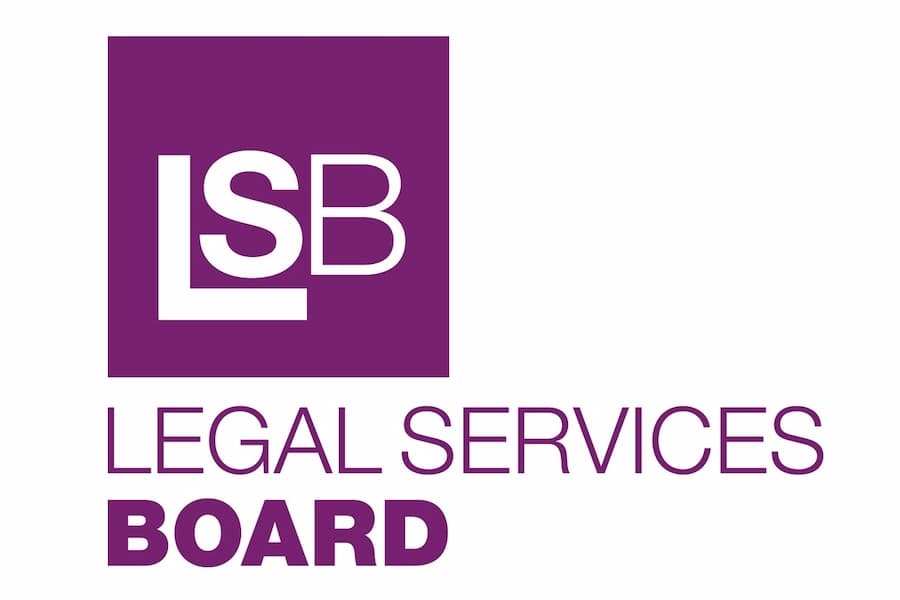Today’s data from the Office for National Statistics (ONS) has revealed that March’s inflation rate stood at 3.2% – down from 3.4% in February.
This news follows the Bank of England’s decision to continue holding interest rates at 5.25%. As inflation continues to fall, pressure is easing on the BoE to pursue further hikes to interest rates as the UK economy maintains its course for recovery.
Since the BoE’s initial decision to pause interest rate hikes, the UK’s mortgage market has shown considerable signs of recovery. This past week has seen major lenders across the country offering a new range of mortgage deals, with Halifax, First Direct and HSBC being among the banks that are offering deals below 5%. Alongside the continued trend of a nationwide year-on-year fall in house prices, property experts are asserting that hope may be on the horizon for prospective first-time buyers. Commenting on the figures, Nathan Emerson, CEO of Propertymark, said:
“It is encouraging to see that inflation is starting to decline towards the same levels it was at prior to the Covid-19 pandemic. People will be relieved to start experiencing some normality again without fearing that prices will rise at almost unaffordable levels. When the Bank of England meets in May, we may see them begin to have the confidence to gradually cut interest rates in order to stimulate activity on the housing market during spring, traditionally one of the busiest times of the year for the housing market, especially when Propertymark’s own Housing Insight Report found that there has been an 18% increase in new properties coming to the market. already”
Susannah Streeter, head of money and markets, Hargreaves Lansdown said that inflation in the UK has “taken another welcome step towards target”, but interest rate cuts “remain elusively distant”. She added:
“The drop was widely expected but was slightly less than forecast, with prices at the pumps offsetting a slowdown in food price hikes.
Although consumer prices are heading in the right direction, it’s not just the headline rate which determines Bank of England action. Policymakers scan other data, and the snapshot of stubborn wage growth out this week continues to be a concern. Unemployment may have risen, but the labour market figures are considered unreliable, and more people out of work isn’t yet translating into a sharp slowdown in wage increases, as there’s still a fight for talent in big pockets of the economy.
Although core inflation, which strips out volatile food and fuel prices is also cooling, slowing to 4.2%, the worry is that employers could pass on higher wage bills in the form of higher prices in the months to come. It means the interest rate may stay at a painful level for even longer than earlier forecasts, with August or September being increasingly pencilled in. Other central banks, particularly the Federal Reserve in the United States, are taking a cautious stance, staying committed to the fight against inflation. Fed chair Jerome Powell has warned that interest rates may have to linger for longer, with confidence ebbing away that the price spiral is being brought under control.”
Matt Smith, Rightmove’s mortgage expert said:
“It’s positive to see inflation continuing to fall this morning, albeit not by quite as much as expected, as the blocks continue to build towards the anticipated first Base Rate cut later this year. The market is proving resilient despite broader global uncertainty, however, continued stability in mortgage rates should be seen as a positive outcome over the next few weeks.”
What’s more, according to the latest House Price Index for February 2024, the average house prices across the UK were down just 0.2% in the year to February, and up 0.4% in a month. New-build prices continued their rapid rise – up 16.4% in a year. Commenting on the ONS House Price Index, Arjan Verbeek, CEO of Perenna said:
“House prices have continued to fall for the fifth month in a row, yet prospective homeowners continue to face immense pressure on affordability – reiterating that house prices are only one factor affecting would be homeowners’ ability to get onto the ladder.
The current mortgage market is very poorly suited to homeowners’ needs – dominated by two-to-five years fixes and hindered by an underwhelming lack of available alternatives. Making home ownership accessible will require structural reform – opening it up to new products, such as long-term fixed rate products, and amending regulation like the loan to income flow limit. If we are serious about improving access to homeownership, we cannot rely upon buyers waiting for house prices to fall – we must transform the mortgage market.”



















